We’re living in the wellness age.
As a society we’re looking for ways to bring more rituals into our lives for well-being and balance.
It seems like everything around us has been wellness-ified from washing the dishes as a moment for mindfulness to elaborate bath scaping.
Regardless of how wellness-focused our modern era is, we can learn the most about well-being by looking back at the ancient world.
When we think about it — it’s no surprise that ancient wellness rituals were able to hold the test of time.
Our ancient ancestors lived much closer to the natural world. They understood nature’s power to teach and heal on a deep level. Something that we have distanced ourselves from today.
The ancient world was in tune with the natural rhythm. They watched, listened, and learned from what lessons nature had to teach. The result was a sophisticated holistic approach to wellness that still works today.
Across the ancient world, different well-being practices were being developed simultaneously. While they, unfortunately, didn’t have access to learn about the faraway societies and their rituals, today we do.
We can bring ancient rituals from every culture into our daily lives for a holistic well-being approach that’s backed by nature.
Ancient Wellness Rituals:
Fangotherapy: Harnessing the Power of Mud
Fangotherapy, an ancient wellness practice of mud masks from Egypt and Rome.
The ritual uses mineral-rich mud from natural sources like lakes, seas, hot springs, and volcanic ash. Known for its detoxifying properties, it also improves skin texture and relieves muscle aches with the healing benefits coming from minerals like sulfur, magnesium, and zinc.
Fangotherapy Ritual at Home
While many wellness spas offer some type of service rooted in Fangotherapy, you don’t have to break the bank to reap the benefits of mud.
You can find fangotherapy mud masks that fit any budget. Just ensure that it’s good quality mud that has the essential minerals— look out for sulfur, magnesium and zinc.
Another tip if you’re going to dabble in self-application of fangotherapy is to use a brush to apply the mud.
You can use any *clean* makeup brush or get a specific mud mask applicator brush like this one.
This helps with keeping the dirt on your hands out of the mud and therefore off your face. It also makes application easier, by keeping your hands clean during the process.
My favorite muds are:
Sound Baths
Dating back thousands of years in Tibet, sound baths are an ancient meditative practice.
Using sound to create vibrations, a sound bath creates an environment for a deep state of relaxation.
If you’ve been wanting to get into mediation, but you can’t seem to be able to get into it, a sound bath could help. The vibrations and sounds make it easier to sit and release our thoughts without the discipline of doing it in silence.
It’s as if your mind is unable to focus on anything besides the strange noises it is hearing. This places you in a meditative state almost immediately, without any “effort.”
Sound baths have many wellness benefits, but most of all they will leave you feeling less tense, mentally clear, and relaxed.
Bringing Sound Baths into Your Home
Many wellness and yoga studios host sound baths today, but you can also reap the benefits of a sound bath at home. There are endless options on Spotify and Youtube of all different types of sound baths.
You can also create your own soundscapes by using singing crystal bowls and gongs, you don’t need to be well versed or have a degree in sound healing, simply play around with the bowls and you’ll get the hang of it intuitively.
Keep in mind that each crystal bowl has a unique note for different chakras. I love this one in particular, which is for the heart chakra.
If you’re on a budget you can get a Tibetan Singing Bowl set for around $10. If you want to go all-in and get a gong, I can recommend this mini table gong, which is equally beautiful in sound and aesthetic.
Ayurvedic Morning Ritual (Dinacharya)
Ayurveda really deserves its own article breaking down the different rituals within its large umbrella, but for now, we’ll focus on the dinacharya or the morning ritual within ayurvedia.
Ayurveda dates all the way back to the 2nd century BC with its roots stemming from the Indian subcontinent. Its literal translation means “life science” and its foundation is finding balance in life, based on your diet, lifestyle, and way of thinking.
Keeping a morning routine, or “dinacharya,” is a key part of Ayurvedic wellness. It’s believed to be the foundation for a balanced, healthy, and fulfilling life—which is something we all strive for, right?
Inspired by Ayurvedic dinacharya, you can create a personalized morning routine that fits your lifestyle. Practicing the wellness rituals that suit your needs will not only prioritize self-care but also help you start each day with intention.
Ayurveda is extremely personalized, so the rituals within a dinacharya can change, but for example they are hot water with lemon, oil pulling, neti pot, tongue scraping, and self-massaging some things are different depending upon your Dosha or makeup.
You can find your unique Ayurvedic fingerprint by taking this free online quiz.
Making Your Ayurvedic-Inspired Morning Routine
First you’ll want to deep dive into tall the different steps in a dinacharya.
You don’t need to adopt all the rituals at once. Start by choosing three that interest you and commit to doing them daily for a week. This helps eliminate the morning decision-making process, making it easier to stick to your routine.
At the end of the week, evaluate what works for you and what doesn’t. Adjust your routine until you find what suits you best.
Japanese Onsen
Almost every ancient culture had some sort of bathing ritual. In Japan, it revolves around the Onsen, or the thermal springs.
The Japanese onsen culture can be traced to the Nihon Shoki, one of Japan’s oldest books that was published in the 6th century.
Since Japan is geographically right on the “Pacific Ring of Fire”, the island country is blessed with over 25,000 naturally occurring hot springs.
While historically the hot springs were thought to have mystical powers, today people still go to the springs to indulge in the benefits of the mineral-rich waters.
In order to get certified as an official Onsen, the ground must have 1 of 19 specific minerals within a certain distance from the spring.
The therapeutic properties of the spring are said to promote healthy skin, reduce aches and pains, and even boost the immune system.
Not to mention the relaxing quality of sitting in 25°C surrounded by beautiful Japanese nature.
Try it at home
While you might not be able to travel to Japan to visit a real Onsen, there’s no stopping you from turning your bathtub into an Onsen-like experience.
First set the soundscape with a sounds of nature playlist or youtube video.
I also like to bring all my plants into the bathroom to make it feel a little more “natural”.
Upgrade your bathwater with mineral-rich salts or oils, you can even order minerals from an authentic Onsen spring. Then simply just sit back and relax in your tub.
Cacao Ceremonies
Cacao rituals are ancient practices rooted in indigenous cultures, particularly among the Mayans and Aztecs of Central and South America.
Cacao, known as “the food of the gods,” was used in spiritual ceremonies to connect with divine energies, promote healing, and foster community bonding.
Rich in antioxidants and theobromine, cacao is celebrated for its heart-opening and mood-enhancing properties.
Making Your Own Cacao Rituals
You can incorporate a cacao ritual into your morning routine which could replace your coffee ritual.
Or make it a weekly ritual where you take a “higher dose” in the evening to go inward and reflect. If you’d like a guided option, consider our Guided Cacao Ritual.
I order my cacao from Ora Cacao because I love how they explain which types of cacao are good for different moods, like creativity or introspection.
Ora has been generious enough to extend a 5% discount code to Maia’s readers. Coupon code: MAIACONSCIOUSLIVING
To make the cacao, heat it up with cashew milk (or any plant milk) and add a splash of cinnamon and honey. This cuts the bitterness and makes it a really enjoyable experience.

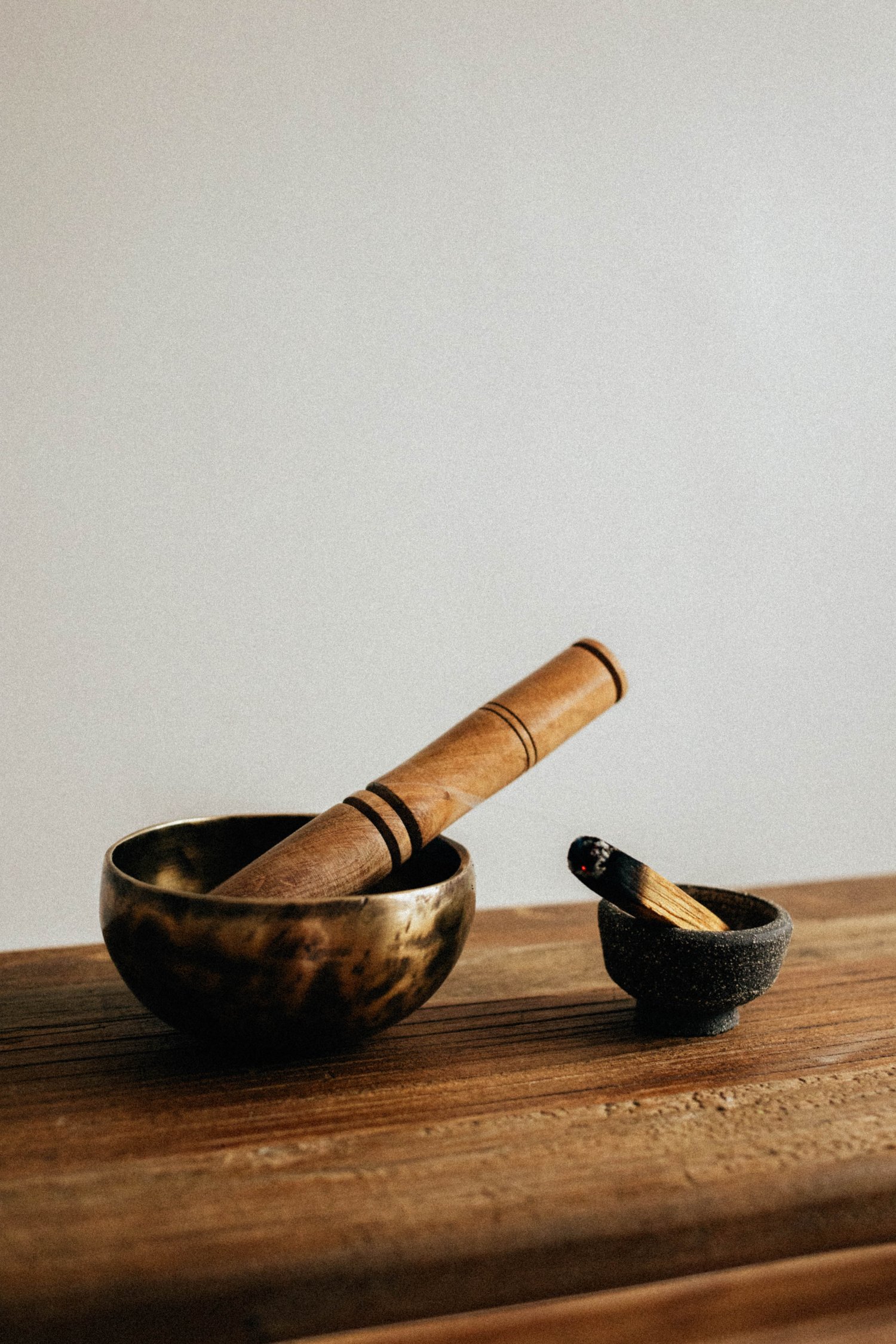
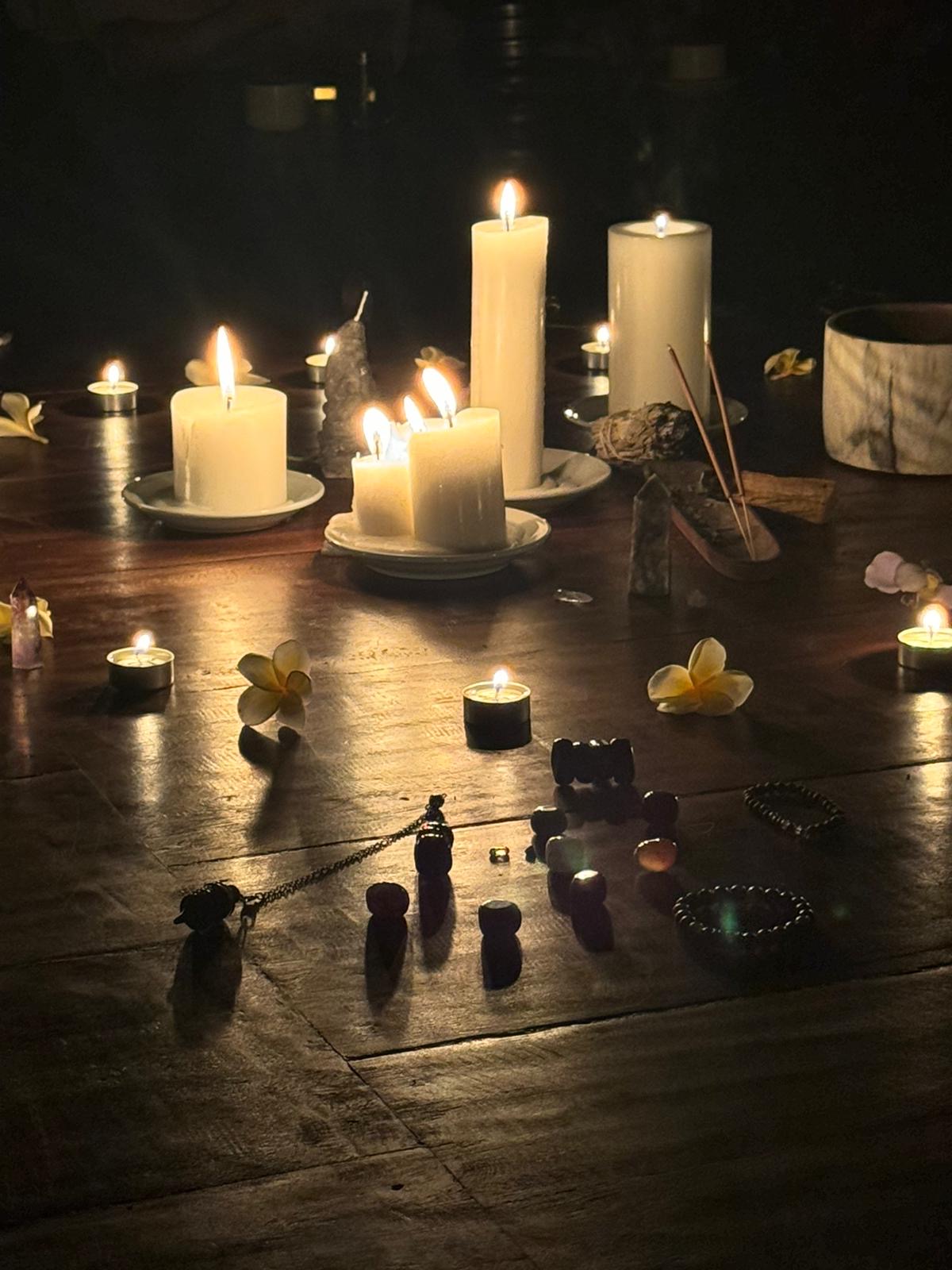

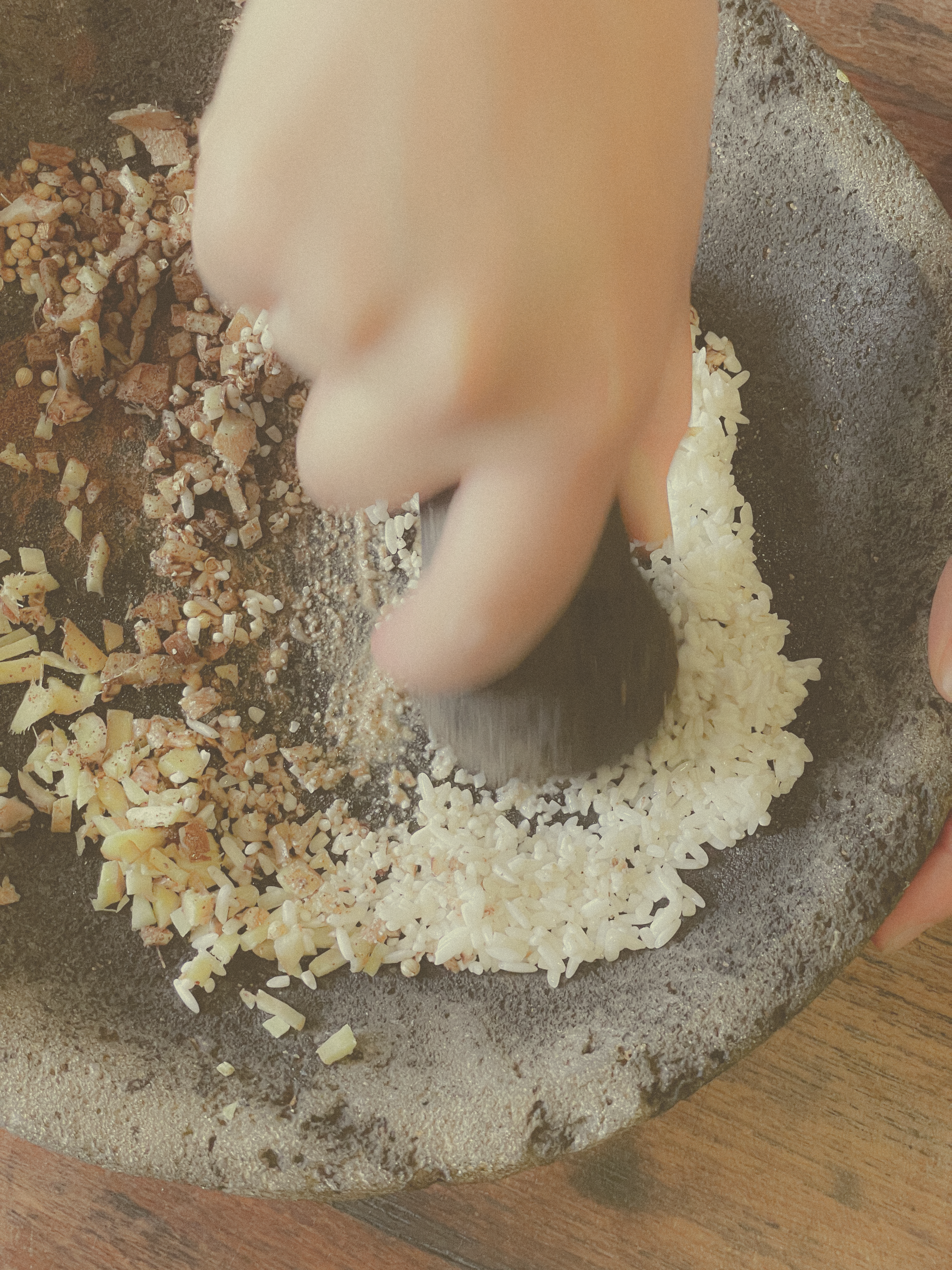
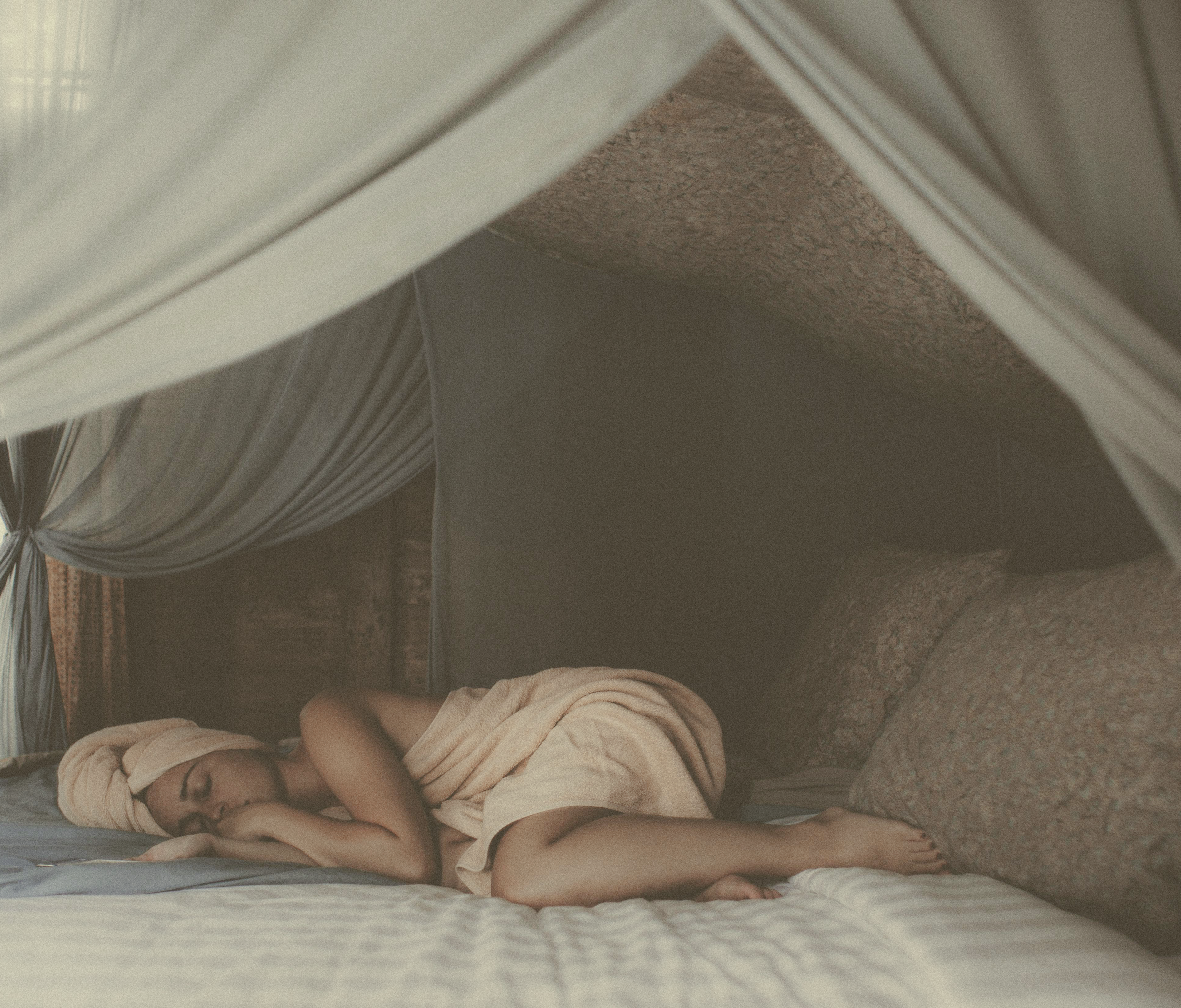

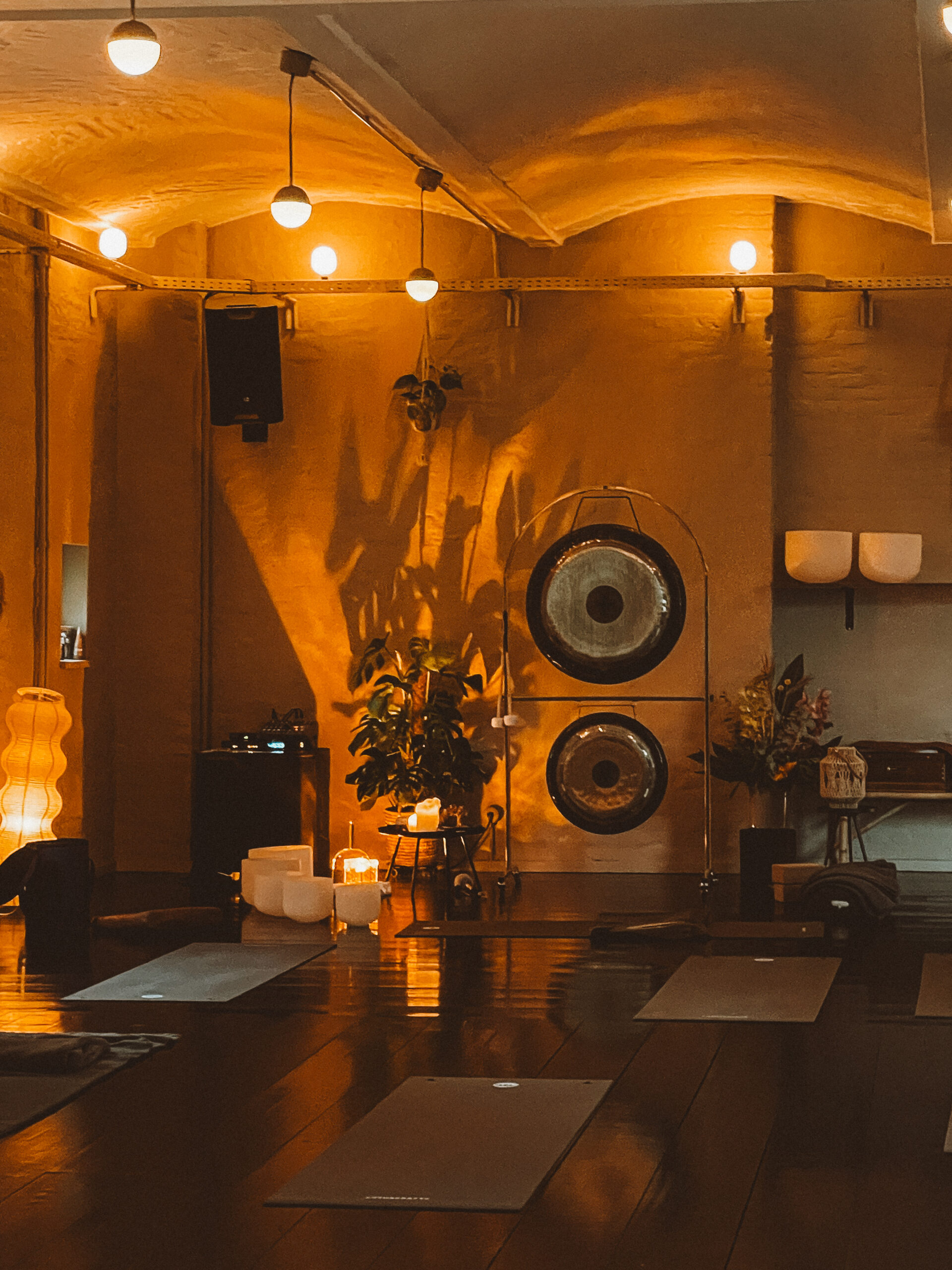

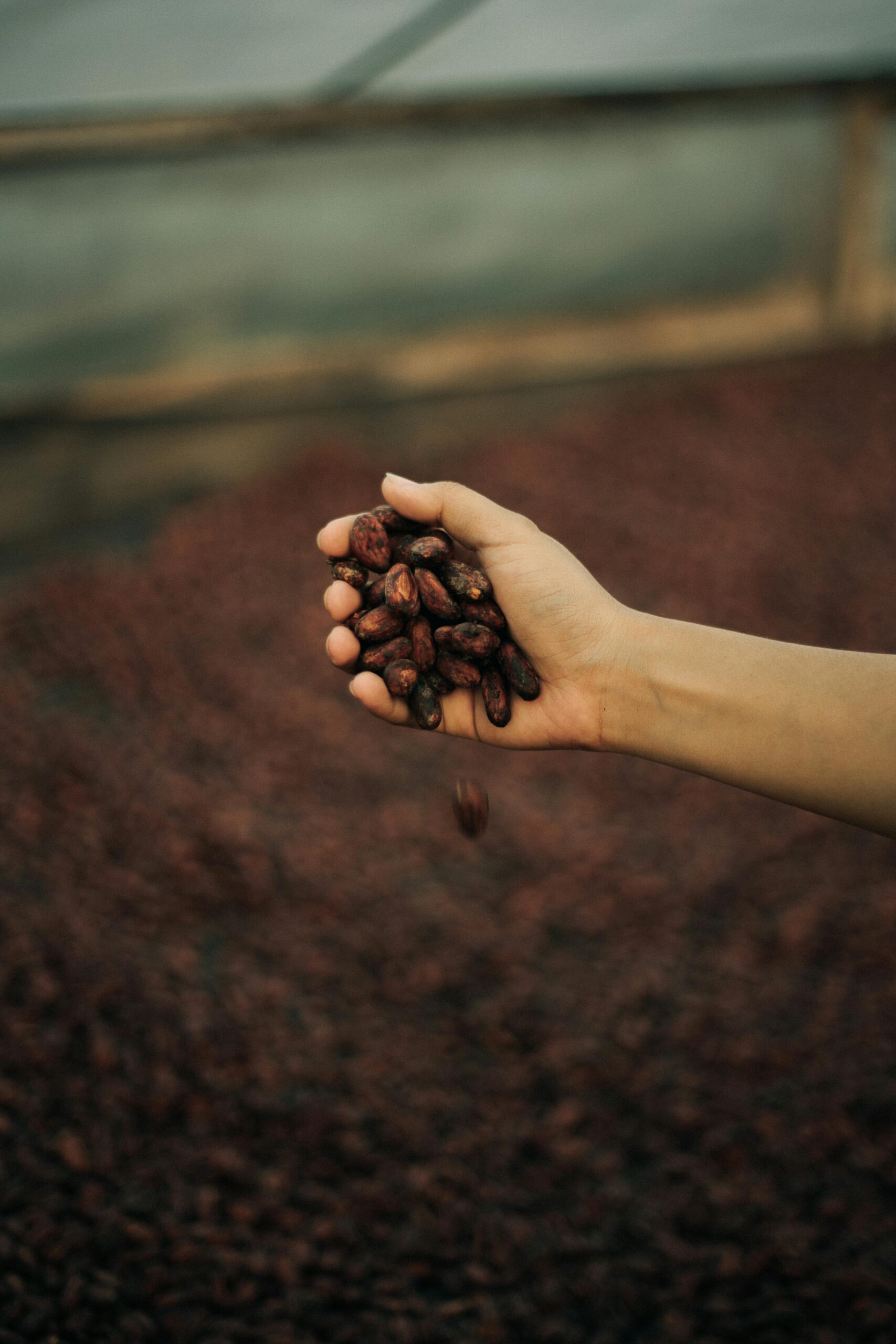
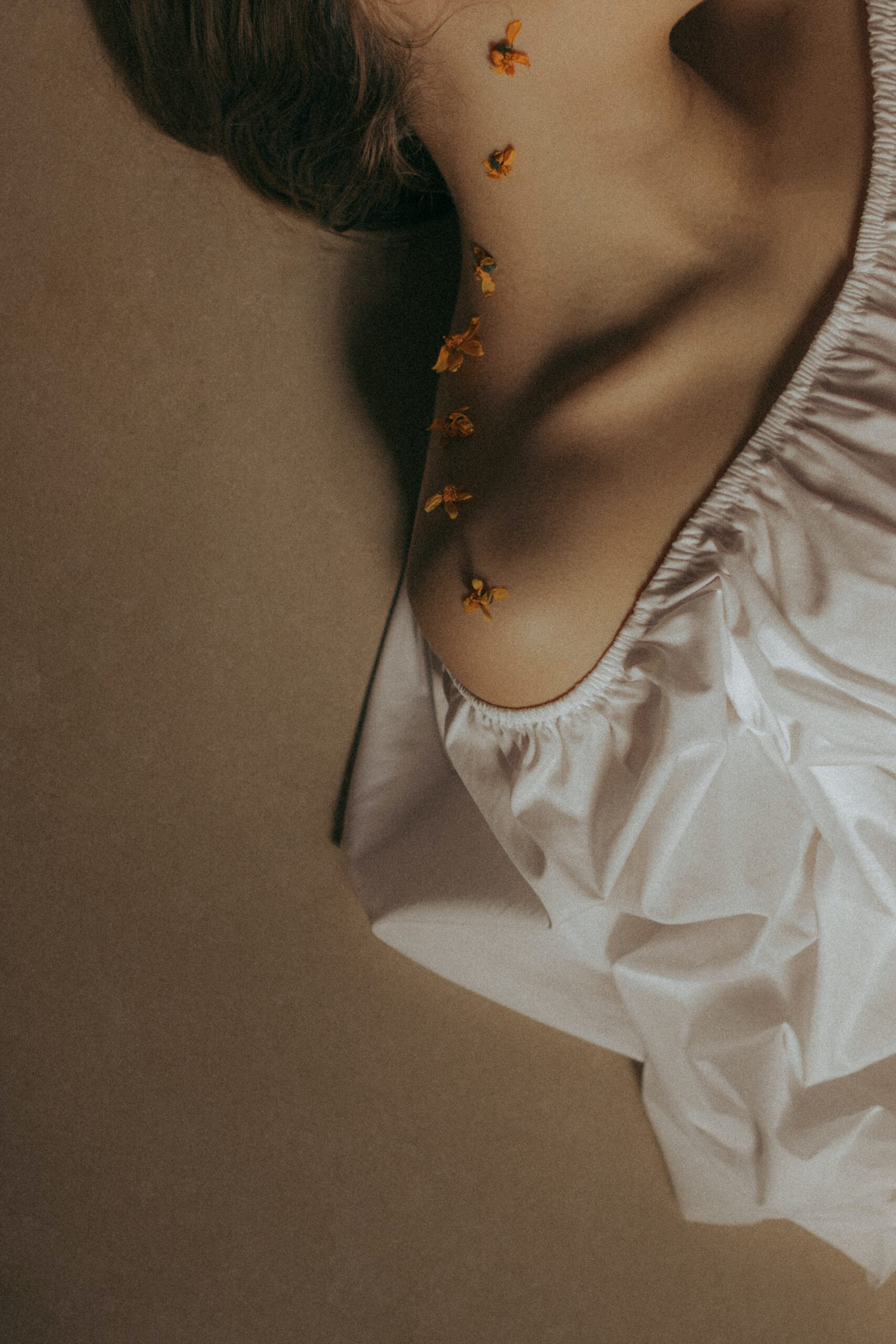
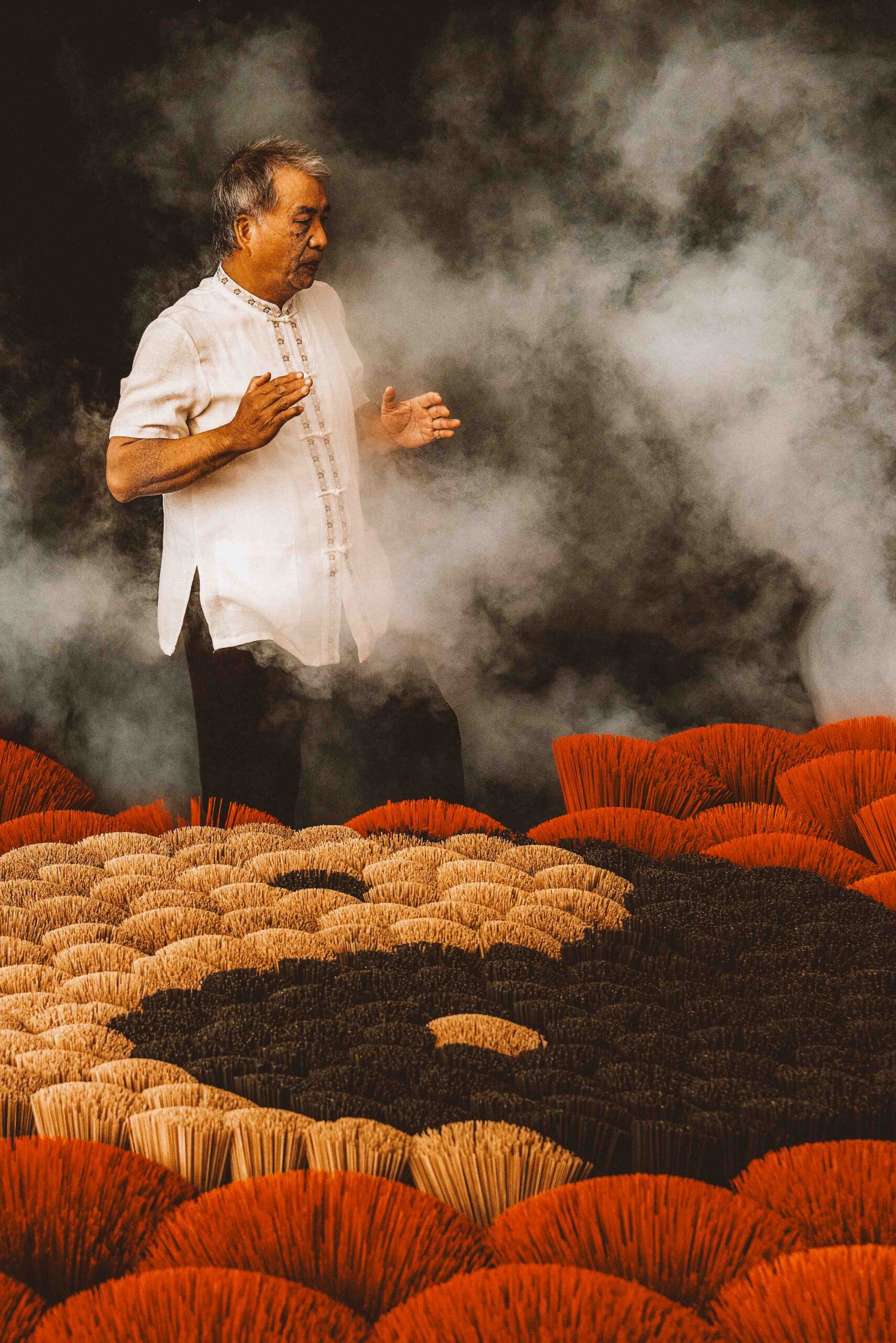
4 Responses